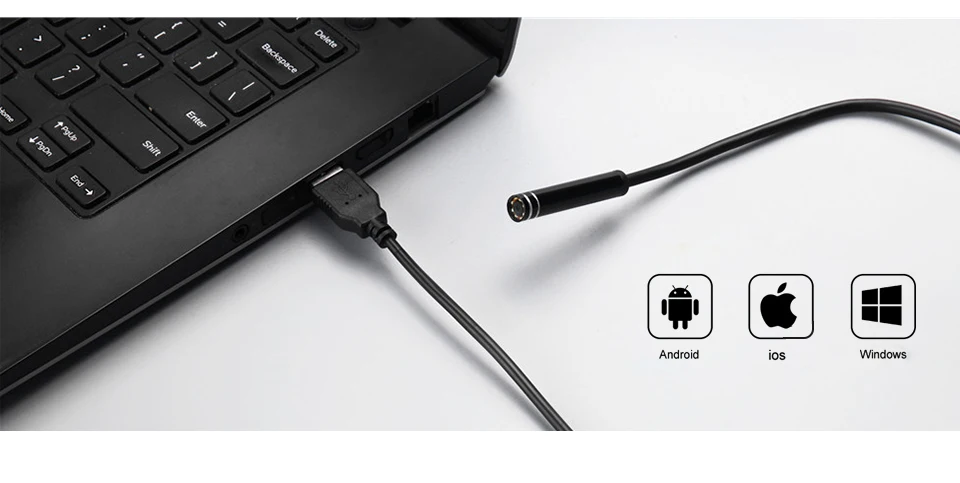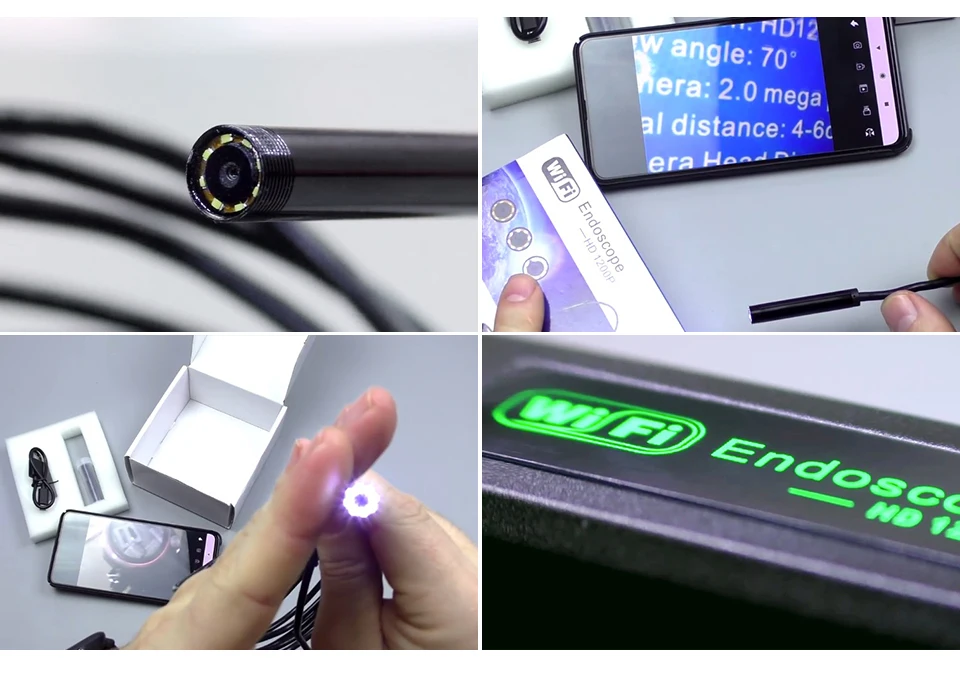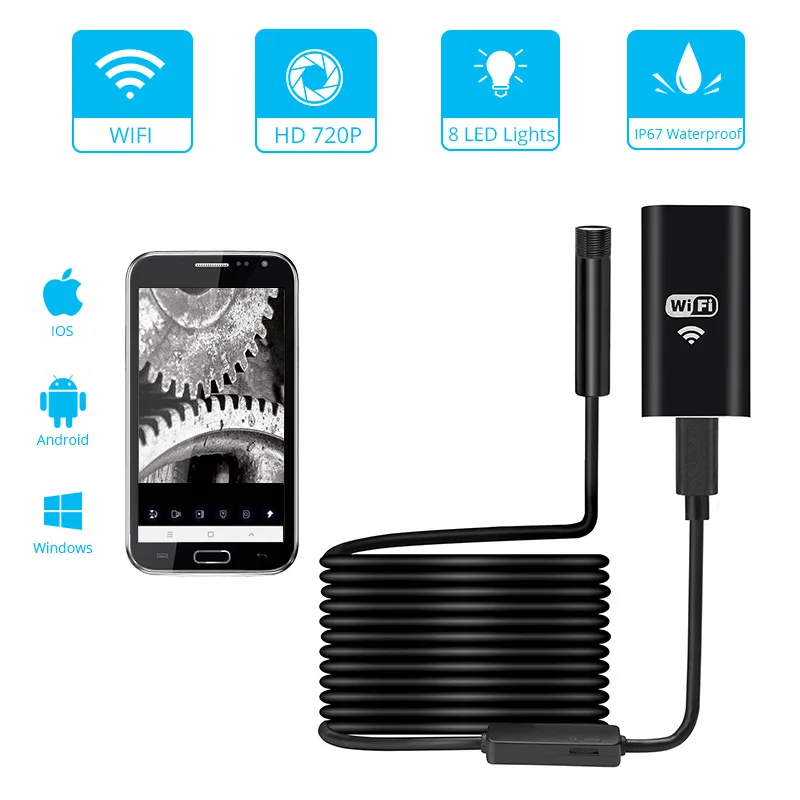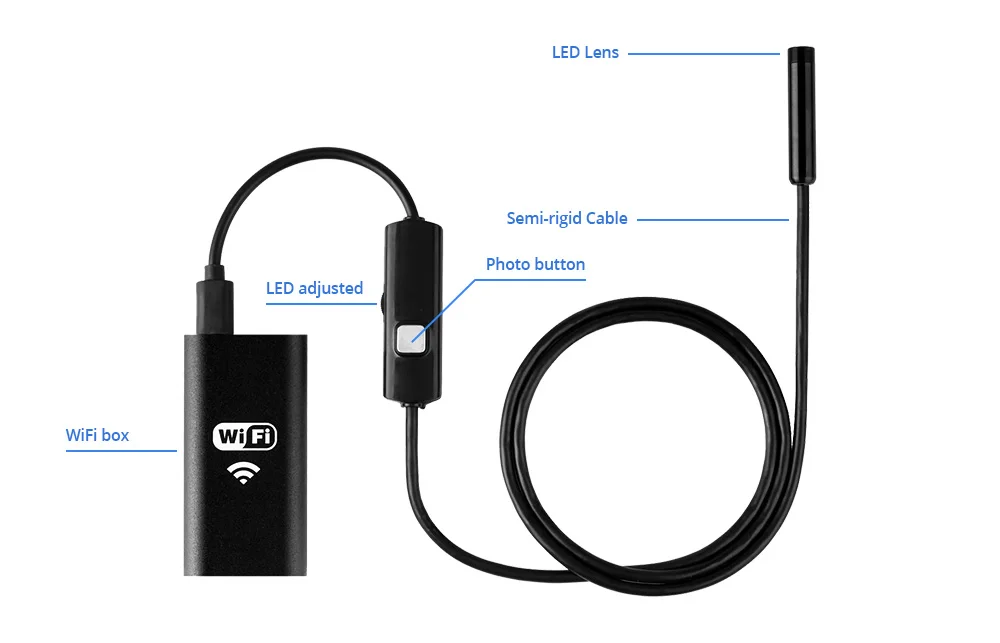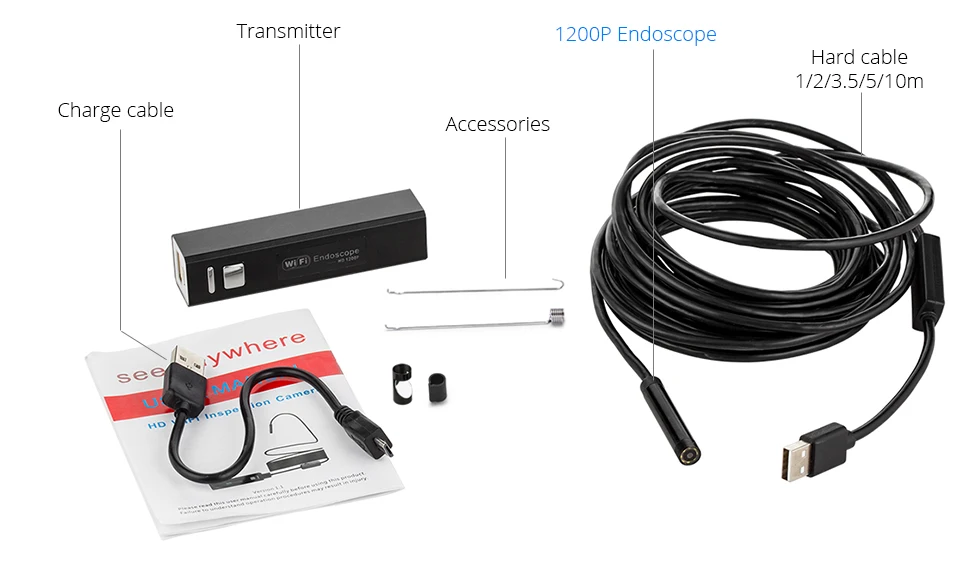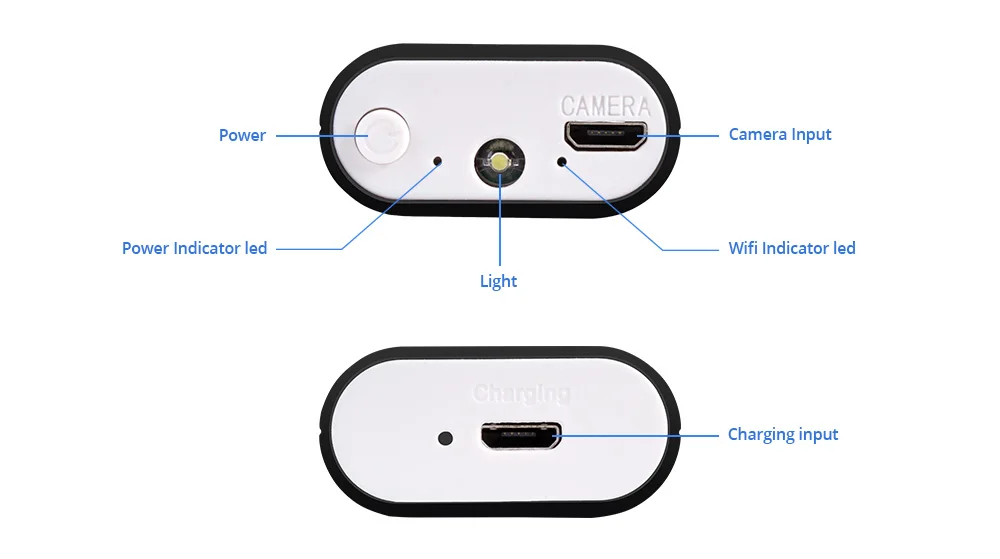High-Resolution Endoscope Cameras for Precision Inspections
Explore Hard-to-Reach Areas with Advanced Inspection Technology
HD Video, Waterproof Design, and Flexible Probe
Perfect for Automotive, Plumbing, and Home Maintenance
Easy to Use with Real-Time Viewing and Image Capture
Inspect and Diagnose Problems with Precision
Get a closer look at hard-to-reach places with our endoscope cameras. These advanced inspection tools provide high-resolution visuals, helping you diagnose and solve issues in tight spaces. Whether you're a professional or a DIY enthusiast, our endoscope cameras deliver the precision you need.
Equipped with features like high-resolution imaging and flexible probes, our wireless endoscope cameras allow for easy inspections in automotive, plumbing, and industrial applications. They are designed to withstand tough conditions with waterproof builds and long-lasting battery life.
Need a reliable inspection tool for home maintenance or automotive repair? Our USB endoscopes are perfect for checking pipes, engines, or electrical systems. Simply connect them to your smartphone or computer to view, record, and analyze the footage in real time.
Discover the benefits of a borescope camera with waterproof capabilities for underwater or wet area inspections. Whether for professional or personal use, our endoscope cameras ensure clear visuals and precise functionality.
Endoscope camera, High-resolution endoscope, Wireless endoscope camera, USB endoscope, Inspection camera, Snake camera, Borescope camera, Waterproof endoscope, Automotive endoscope, Flexible endoscope camera, Endoscope Camera
Advanced Endoscope Camera for Precision Inspection
High-Resolution Endoscope Camera for Clear Viewing
Flexible Endoscope Camera for Hard-to-Reach Areas
Waterproof Endoscope Camera for Versatile Use
Rechargeable Endoscope Camera for Continuous Operation
Portable Endoscope Camera with Easy-to-Use Interface
Our advanced endoscope camera is designed for precision inspections, whether you're a professional technician or a DIY enthusiast. This high-resolution camera provides crystal-clear visuals, allowing you to easily inspect hard-to-reach areas with accuracy. Perfect for plumbing, automotive, and home maintenance tasks, the flexible design ensures it fits into the tightest spaces.
Key features include waterproof capabilities, a rechargeable battery, and a portable design for ease of use. The camera is compatible with both Android and iOS devices, providing a user-friendly interface for real-time viewing and recording.
Explore more about our endoscope cameras:













